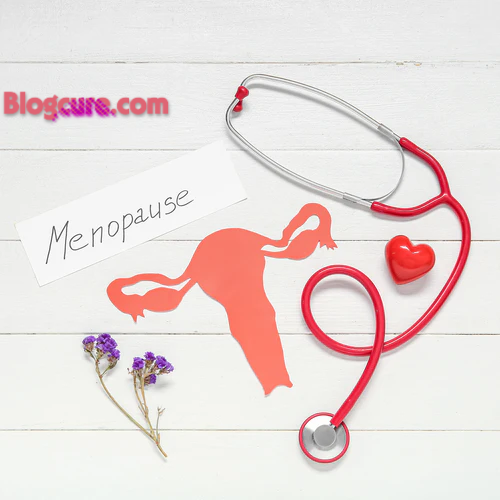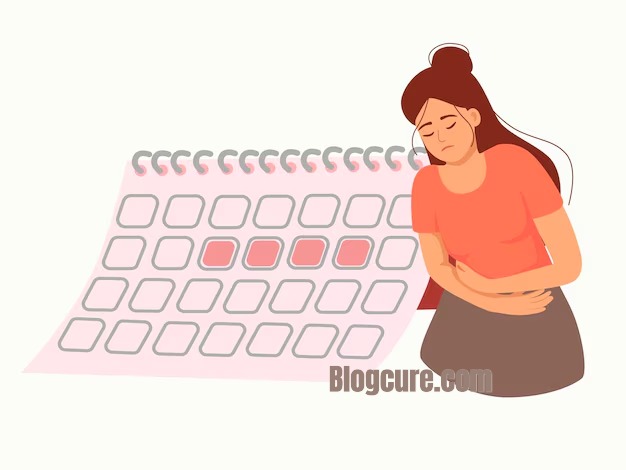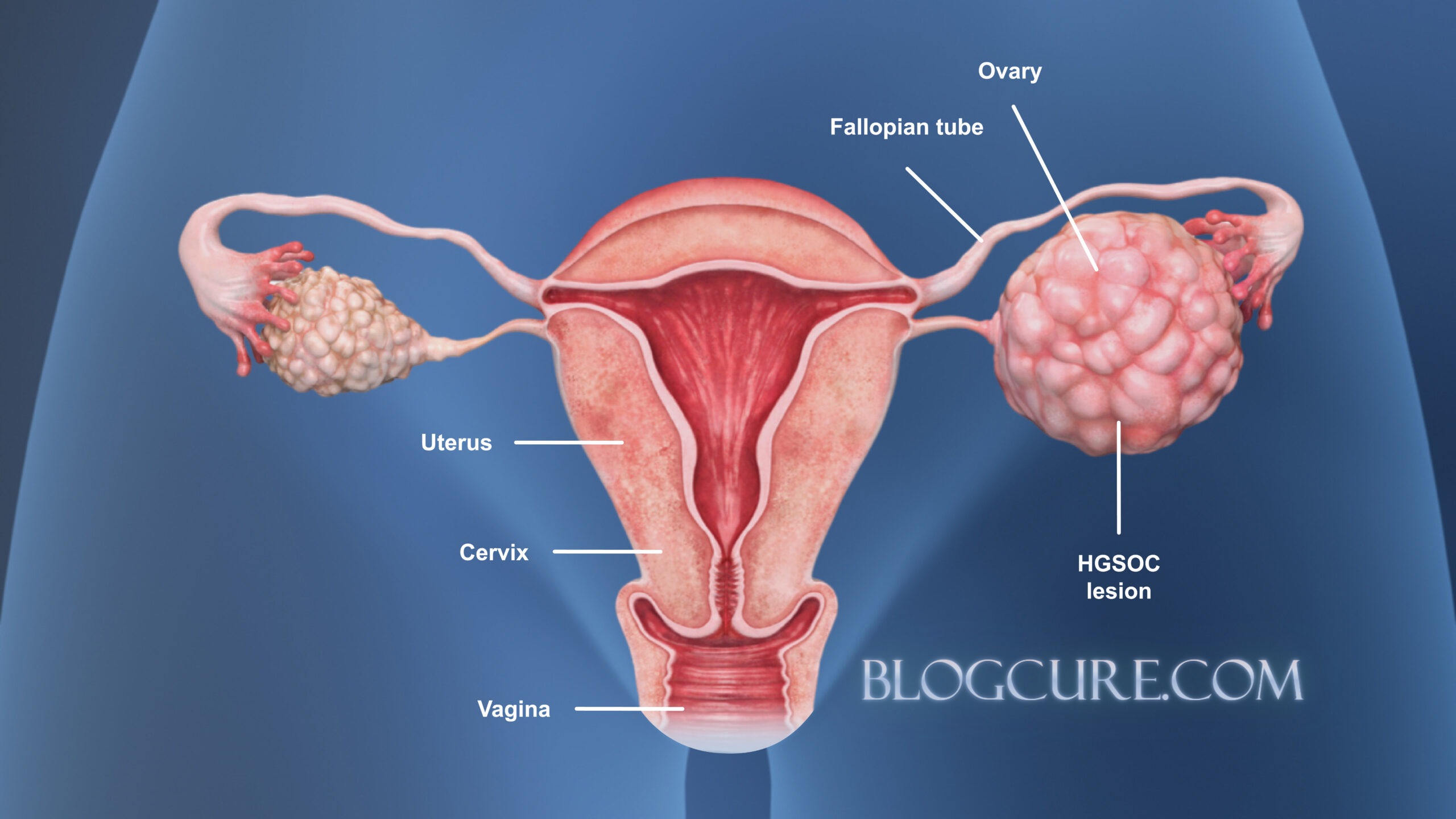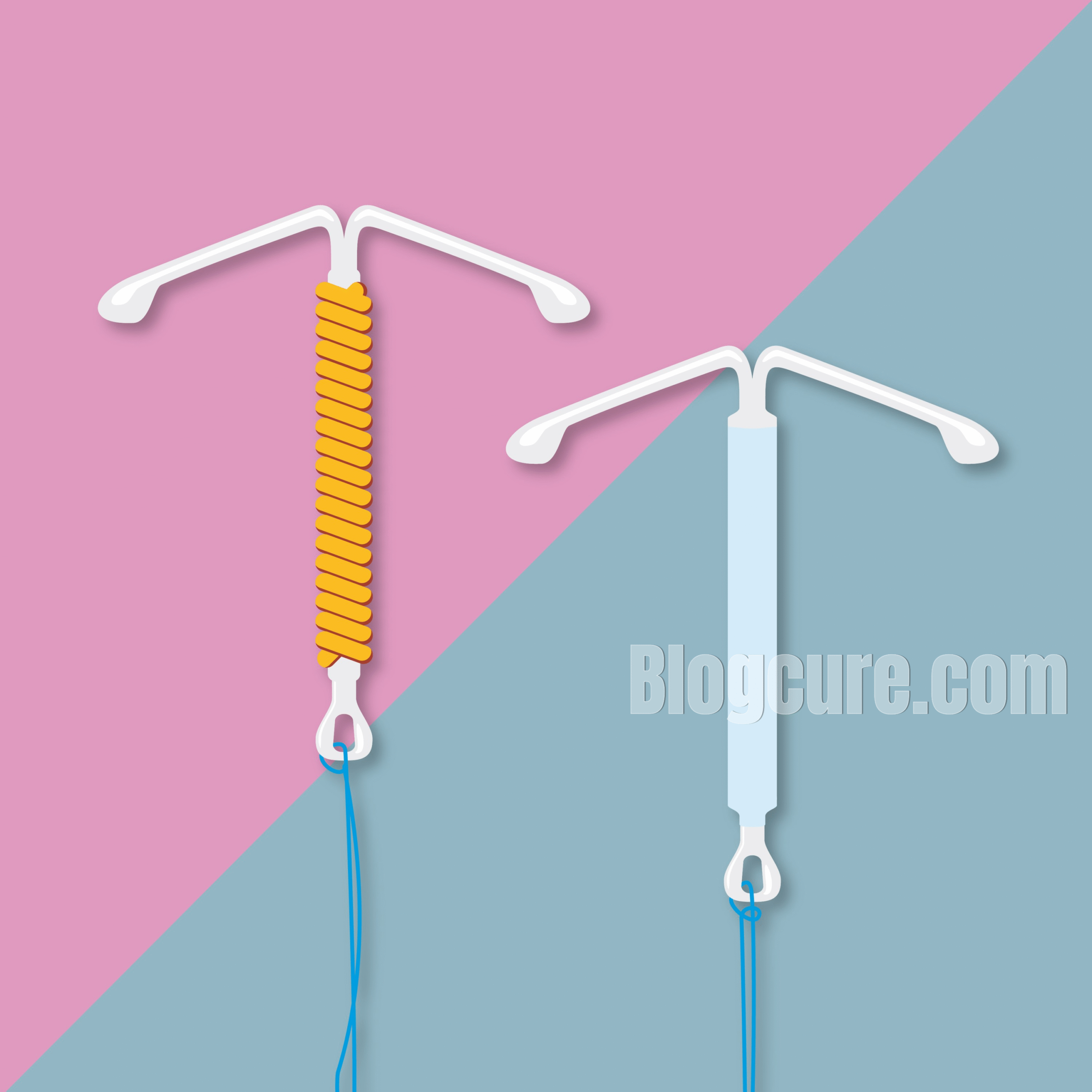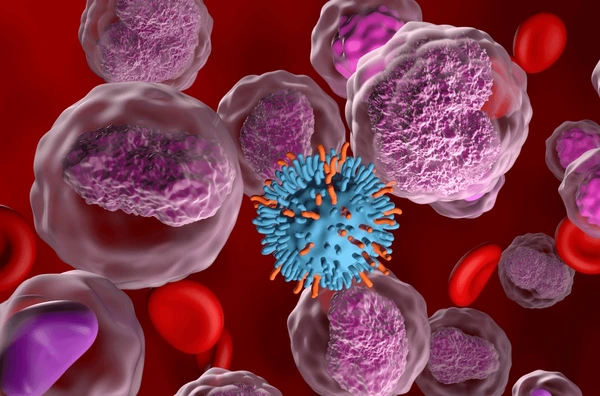
🩺 Understanding Lymphoma: Complete Patient Guide
A full guide to lymphoma, covering symptoms, causes, diagnosis, treatment options, side effects, and patient care tips. Includes both Hodgkin and Non-Hodgkin lymphoma guidance.
🔹 Blood and Bone Marrow Basics
Your blood is made up of cells and plasma. Bone marrow, a spongy tissue inside bones, produces these cells. Proper bone marrow function is essential for immunity, oxygen transport, and clotting.
| Cell Type | Function | Effects if Low |
|---|---|---|
| Red Blood Cells (RBCs) | Carry oxygen | Fatigue, pale skin, shortness of breath |
| White Blood Cells (WBCs) | Fight infection | Weak immunity, infections |
| Platelets | Blood clotting | Easy bruising, prolonged bleeding |
💡 Tip: Healthy white blood cells include:
- Neutrophils & Monocytes (phagocytes): Consume bacteria and debris
- Lymphocytes (B cells, T cells, NK cells): Regulate immunity
Plasma is the liquid part of blood that transports proteins, hormones, and nutrients.
🛡️ Immune System and Lymphatic System
The lymphatic system is your immune system’s highway. Lymphocytes travel through lymph vessels and nodes, fighting infection and abnormal cells.
- Lymph Nodes: Filter lymph fluid; commonly found in neck, armpits, groin
- Spleen: Filters blood, stores lymphocytes
- Thymus: Matures T lymphocytes in childhood
- Bone Marrow: Produces new blood and immune cells
Lymphoma develops when lymphocytes mutate and divide uncontrollably, forming tumors in lymph nodes or other organs.
🧬 What is Lymphoma?
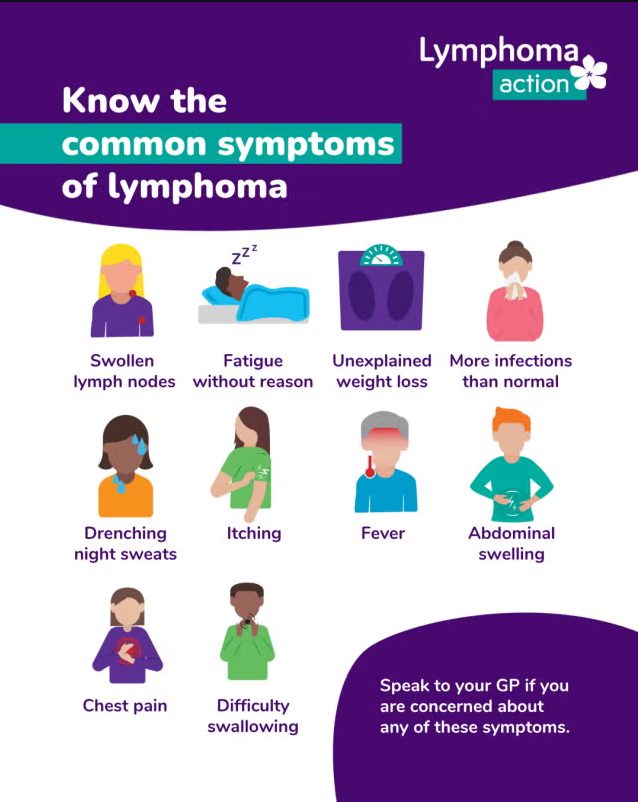
Lymphoma is a cancer of the lymphatic system. It occurs when lymphocytes (B or T cells) grow uncontrollably and lose normal function.
Main Types:
- Hodgkin Lymphoma (HL) – Characterized by Reed-Sternberg cells
- Non-Hodgkin Lymphoma (NHL) – Many subtypes with varied behavior
Approximately 90% of lymphoma patients have NHL, and 10% have HL.
Symptoms of Lymphoma:
- Swollen lymph nodes in neck, armpits, or groin
- Unexplained fever or night sweats
- Unintentional weight loss
- Fatigue and weakness
- Itching or skin rashes
- Shortness of breath (if lymph nodes compress organs)
🩺 Diagnosing Lymphoma
Accurate diagnosis is crucial for treatment planning.
Steps in Diagnosis:
- Medical History & Physical Exam: Checks for swelling and systemic symptoms
- Blood Tests: Complete blood count (CBC), liver/kidney function, LDH levels
- Imaging Tests: CT, PET, or MRI scans to locate affected lymph nodes
- Lymph Node Biopsy: Confirms cancer type
- Bone Marrow Biopsy: Determines disease spread
- Molecular Tests: Genetic markers may guide targeted therapy
🔹 Tip: Early diagnosis improves treatment success.
💊 Lymphoma Treatment Options
Treatment depends on lymphoma type, stage, patient age, and overall health.
| Treatment | Mechanism | Common Side Effects |
|---|---|---|
| Chemotherapy | Kills rapidly dividing cells | Fatigue, hair loss, nausea, immune suppression |
| Radiation Therapy | Targets affected lymph nodes | Skin irritation, fatigue |
| Immunotherapy | Boosts immune system to attack cancer | Fever, rash, flu-like symptoms |
| Targeted Therapy | Focuses on cancer-specific proteins | Liver issues, diarrhea, fatigue |
| Stem Cell / Bone Marrow Transplant | Replaces damaged marrow | Infection risk, long recovery |
| Clinical Trials | New treatment options | Varies depending on study |
💡 Tip: Treatment plans are often personalized based on genetics, age, and overall health.
🏠 Post-Treatment Care and Living Well
Physical Health:
- Nutrition: Eat protein-rich foods, fruits, and vegetables
- Hydration: Drink enough water daily
- Exercise: Light activity improves circulation and energy
- Rest: Ensure adequate sleep to support recovery
Infection Prevention:
- Wash hands frequently
- Avoid crowds or sick people
- Follow doctor’s vaccination schedule
- Monitor for fever or unusual symptoms
Mental Health:
- Counseling or support groups can reduce anxiety
- Mindfulness, yoga, and meditation may help
- Maintain social connections for emotional support
Follow-Up:
- Regular scans and blood tests monitor recurrence
- Report new symptoms promptly
- Maintain a healthy lifestyle to support immunity
🩺 Frequently Asked Questions About Lymphoma & Hodgkin’s Disease
🔹 General Information
❓ What is lymphoma?
Lymphoma is a type of cancer in which lymphocytes (a type of white blood cell) become malignant. There are two main types: Hodgkin and Non-Hodgkin lymphoma.
❓ What is the difference between Hodgkin and Non-Hodgkin lymphoma?
- Hodgkin Lymphoma (HL): Characterized by Reed-Sternberg cells.
- Non-Hodgkin Lymphoma (NHL): Includes all other lymphomas originating from B and T cells.
❓ Who is at risk of lymphoma?
- NHL: More common in older adults and men; risk increases with immune deficiencies.
- HL: Slightly more common in men, with a bimodal age distribution (20s and 70s).
🔹 Symptoms & Diagnosis
❓ What are the symptoms of lymphoma?
- Painless swollen lymph nodes (neck, armpits, groin)
- Fever, night sweats, unexplained weight loss (B symptoms)
- Abdominal pain, gastrointestinal bleeding, bowel obstruction
- Skin lesions, eye involvement, testicular or bone involvement
❓ How is lymphoma diagnosed?
- Medical history and physical exam
- Lymph node biopsy & pathology
- Bone marrow biopsy
- Imaging: PET, CT, MRI
- Blood tests & immunophenotyping
❓ How is lymphoma staged?
- Ann Arbor Staging System is used.
- Functional imaging like PET scan supports staging.
🔹 Treatment & Management
❓ How is indolent lymphoma treated?
- Asymptomatic patients: Observation
- Symptomatic/progressive: Chemotherapy (R-CHOP, R-CVP), radiotherapy, splenectomy
- Hepatitis C-related lymphoma: Treat Hepatitis C first
❓ How are aggressive and highly aggressive lymphomas treated?
- Diffuse Large B-Cell Lymphoma (DLBCL): R-CHOP chemotherapy is standard
- Early stage: 3-4 cycles R-CHOP + localized radiotherapy
- Advanced stage: 6-8 cycles R-CHOP, possibly followed by stem cell transplant
❓ How is Hodgkin lymphoma treated?
- Early stage: ABVD chemotherapy + involved-field radiotherapy
- Advanced stage: ABVD or BEACOPP (for high-risk patients)
- Relapsed/refractory cases: High-dose chemotherapy with stem cell support
❓ Who is eligible for stem cell transplantation?
- Patients with relapsed or chemotherapy-refractory disease
- Aggressive NHL and Hodgkin lymphoma patients after high-dose therapy
🔹 Special Cases
❓ Why are T-cell and NK-cell lymphomas more aggressive?
- Often diagnosed at an advanced stage
- B symptoms are more common
- Lower response rates to standard treatment compared to B-cell malignancies
❓ Treatment options for Waldenström Macroglobulinemia?
- Asymptomatic: Observation
- Symptomatic/progressive: Plasmapheresis, Rituximab, or nucleoside analogue chemotherapy
❓ What is the relationship between lymphoma and the immune system?
- Conditions like HIV, organ transplant, congenital immunodeficiency, or rheumatoid arthritis increase lymphoma risk
- Infections like EBV, HTLV-1, HCV, and H. Pylori are linked to some lymphoma types
🔹 Prognosis & Follow-Up
❓ What are prognostic factors in lymphoma?
- IPI (International Prognostic Index): Age, serum LDH, stage, extranodal involvement, performance status
- FLIPI (Follicular Lymphoma International Prognostic Index) for follicular lymphoma
❓ How should lymphoma patients be monitored after diagnosis?
- Regular blood tests and imaging
- Assess treatment response
- Early intervention if relapse or progression occurs



